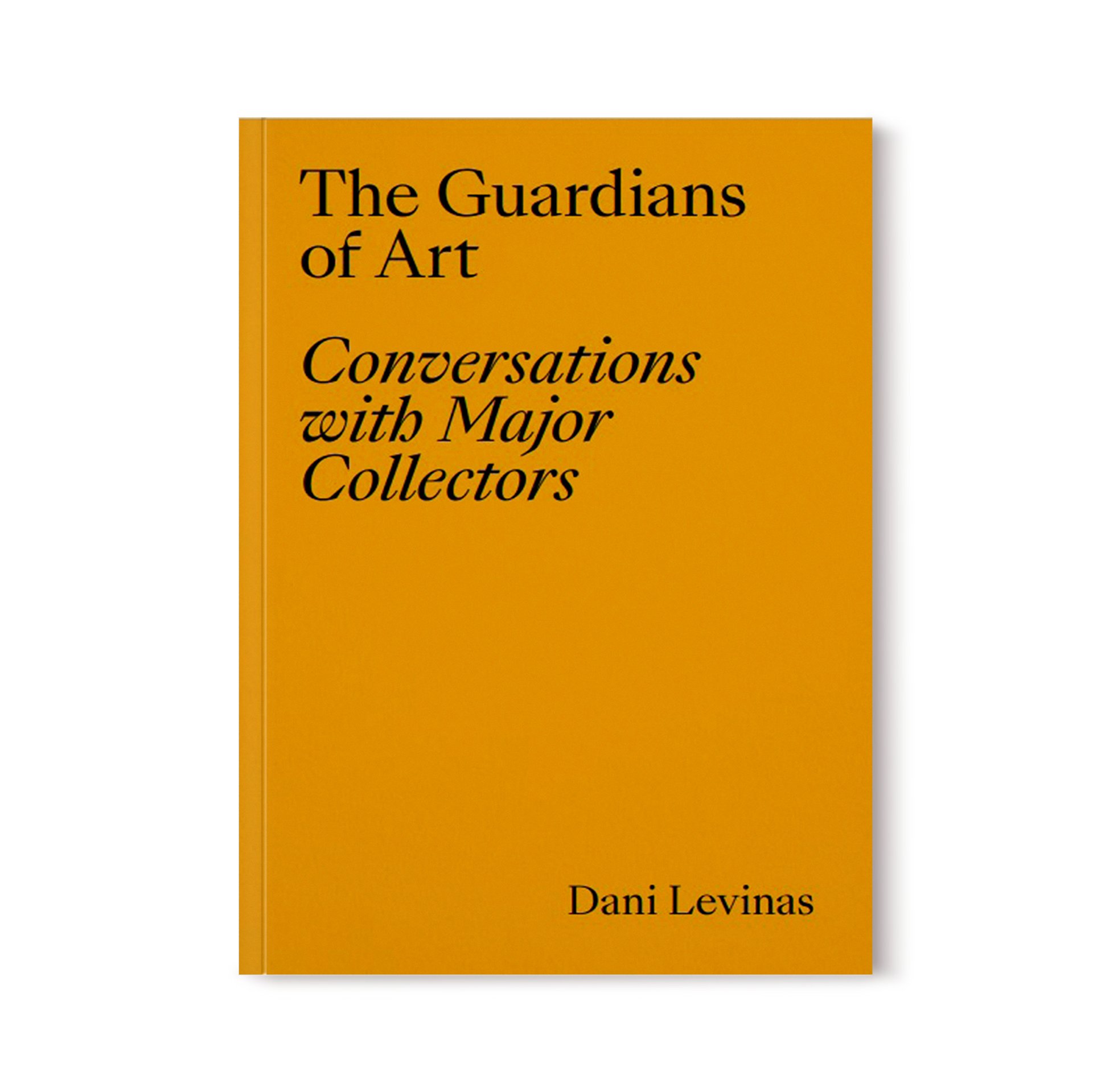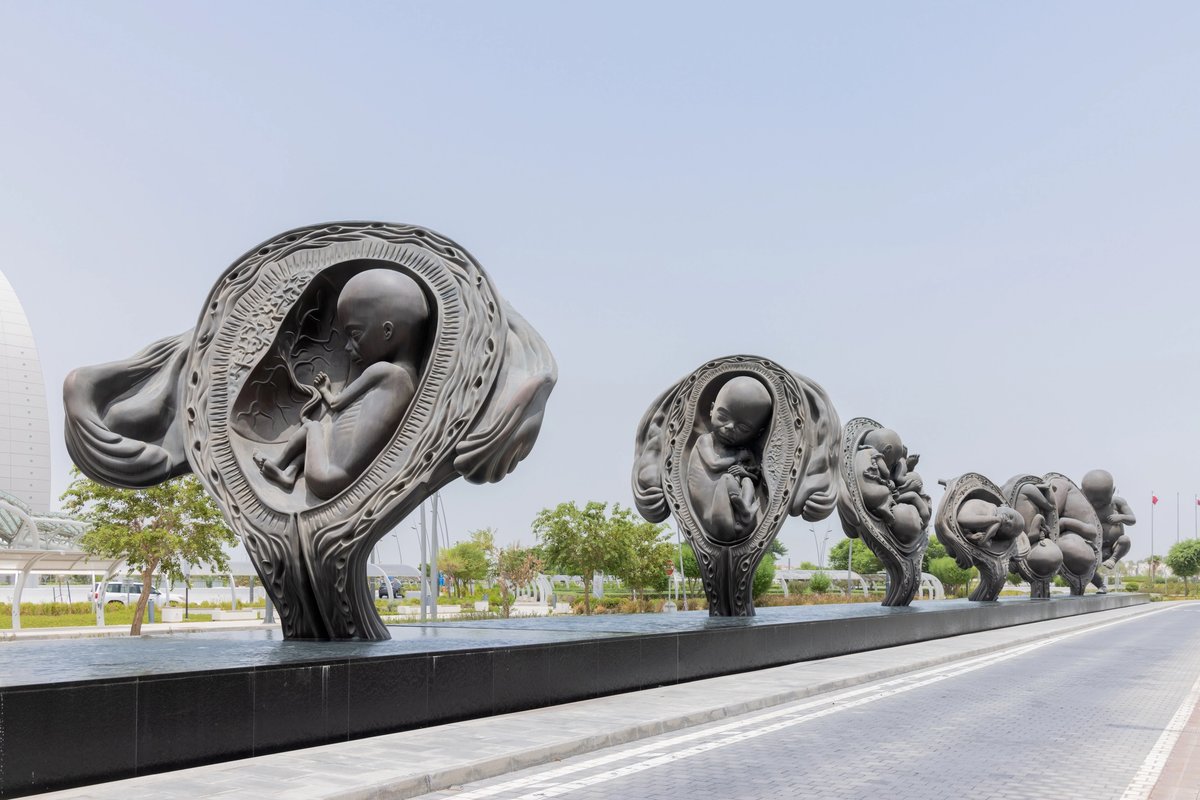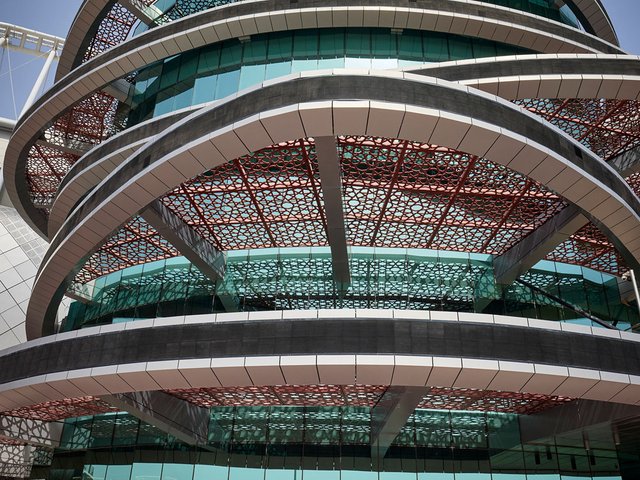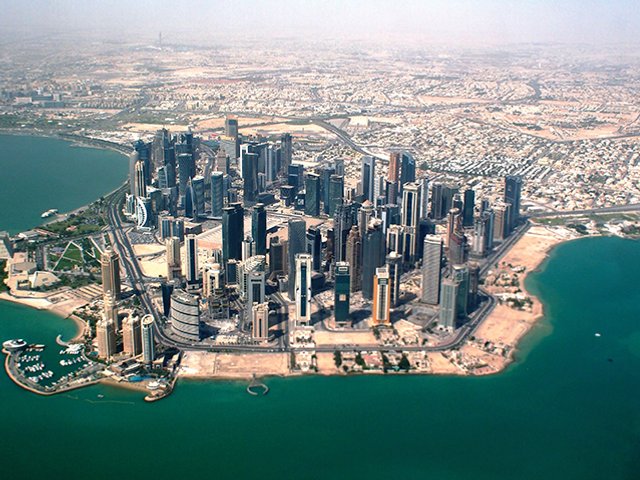In 2006, Sheikha Al-Mayassa bint Hamad bin Khalifa Al Thani emerged as one of the art world’s power collectors after her father, the then ruling emir, appointed her to run Qatar Museums. Al-Mayassa rarely gives interviews. But in a new book by the collector Dani Levinas, The Guardians of Art: Conversations with Major Collectors, she discusses how she modified architect Jean Nouvel’s plans for the Qatar National Museum, why the art market is prone to overheating and the controversy over Damien Hirst’s giant uterus sculptures, titled The Miraculous Journey (2005-13) which went back on show in Doha in 2018. The interview dates from 2019.

The Guardians of Art: Conversations with Major Collectors
Sheikha Al-Mayassa bint Hamad al Thani is on Forbes magazine’s list of the world’s 100 most powerful women. The sister of the Emir of Qatar and daughter of the legendary Hamad Bin Khalifa al Thani and Mozabint Nasser, she has become the most powerful woman in the art world for her work as head of the Qatar Museums, a position that affords her the ability to acquire works with a practically unlimited annual budget that has shaken up the international market. She has been responsible for bringing to Qatar blue chip contemporary artists such as Takashi Murakami, Damien Hirst and Richard Serra. She is credited with some of the most notorious acquisitions of recent times, hitting authentic records for their economic value, with names ranging from Cézanne to Rothko.
“Actually, I’ve always been interested in the creative world, but I didn’t study Art but Political Science and Literature at Duke,” she explained during a conversation at her palatial home in New York, the day before the inauguration of the Qatar National Museum in Doha [in 2019], a true 40,000 sq. m wonder of design created by the French architect Jean Nouvel. And she added: “‘the main thing for us was to open the museum properly, no matter that it was planned for 2016.”
The force behind the Museum of Islamic Art in Doha, the Arab Museum of Modern Art and the Orientalist Museum, she explains about the genesis of the new museum: “Jean Nouvel had different plans, one of which was that the museum be underground and that there would be nothing around the palace [former royal palace of Sheikh Abdullah Bin Jassim and home to the National Museum of Qatar]. I told him that it was a slightly claustrophobic idea and I asked him to think of something else. Perhaps he was a little offended, but finally he came up with such a beautiful and architecturally complex structure that architects have come from all over the world to admire his daring and talent.”
The eyes of half the world also turned to Qatar for the controversial placement of fourteen giant bronze sculptures by Damien Hirst—13 foetuses and a baby that represent the development of an embryo until birth at the Sidra hospital. “To be honest, we didn’t think it would upset the Qataris too much, but it is also true that we had already had controversies when we opened a major exhibition by Hirst. Part of the public, who were not familiar with his work, thought that his works with embalmed animals had been executed by him, which goes against our religion,” she explains, before clarifying, “If you let your children have Barbies, what is wrong in us exhibiting sculptures that represent babies? The work is part of the hospital and we are happy with it, although I would like to make it clear that our goal was never to provoke and that, once the controversy began, we tried to dialogue with the people who were offended, knowing that there is not one single piece that everyone likes. Enjoying art is contagious and some works may be viewed differently in 20 years’ time.”
But what does she think of the worrying phenomenon of a few private collectors acquiring works of historical value that iconic museums cannot aspire to because of their asking price? “This phenomenon is not unique to the art world, which is a market like any other. Having said that, we do not want to inflate it. Some of the things that have been said are absolutely false, like, for instance, that we offered a lot of money for a Da Vinci when in fact we never even bid one dollar,”she says in reference to the Salvator Mundi bought by the Louvre in Abu Dhabi [the work was sold at Christie’s in 2017 to a phone bidder on behalf of the Saudi crown prince Mohammed bin Salman].“There are some collectors with a lot of money and little knowledge who damage the market and can destroy the careers of great artists. All the actors involved want to inflate this artificial and unhealthy bubble which I believe will be punctured at some point by the market itself. In addition, museums are not only the owner of artworks, but also exhibit them, frame them within a context, place them in a catalogue that has a certain meaning and help everyone enjoy art.”
Al-Mayassa makes a point of stating that she is not a collector herself, among other reasons, to avoid possible conflicts of interest, and that all her plans are medium-to-long term. “I like it when people can see what is behind a dress, a chair or a painting, because knowledge can be used so that life, which is so short, can have another meaning. To that end, you have to think about the reasons why things happen, instead of assuming that they just simply happen.”
• Dani Levinas, The Guardians of Art: Conversations with Major Collectors, La Fábrica, 176pp, $33/£29 (pb)





